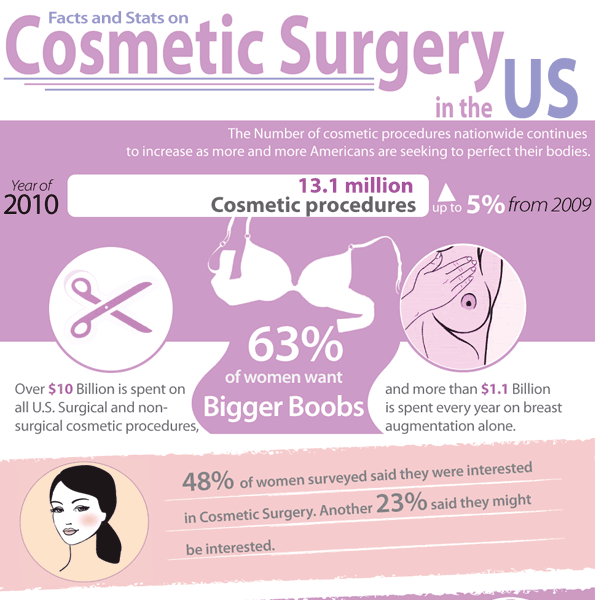Hormonal Acne - What is Hormonal Acne?
Hormonal acne is identified by clogged up pores and oily skin that commonly shows up on the chin and jawline. It occurs when hormone adjustments set off inflammation and microbial overgrowth within hair follicles.
Breakouts may appear as whiteheads, blackheads, papules or pustules and cysts or nodules in much more serious situations. It is a lot more usual in teenagers experiencing the age of puberty but can impact adults of any age.
What Causes Hormonal Acne?
While acne can be caused by a range of aspects, consisting of utilizing hair and skin treatment items that aren't oil-free or made with components that could clog pores, genetic predisposition, diet plan,2 and tension, the source is changing hormonal agents. Hormone acne happens when the body experiences hormone modifications and changes that result in an overproduction of sebum, which triggers inflammation, enhanced growth of bacteria and modifications in skin cell activity.
Hormonal acne is typically discovered on the lower jawline, cheeks and neck however can show up anywhere on the body. It is defined by acnes that are cystic, painful and filled with pus or other product. It is also more probable to take place in females than guys, particularly during adolescence, the menstrual cycle, pregnancy or menopause.
Age
While many kids experience acne at some time throughout the age of puberty, it can remain to pester grownups well into adulthood. Known as hormone acne, this kind of outbreak is connected to changes in hormones and is typically most common in females.
Hormone acne happens when oil glands produce way too much sebum, which obstructs pores and traps dead skin cells. This results in the formation of imperfections, such as whiteheads, blackheads and papules, pustules, cysts or blemishes, deep under the surface.
This type of imperfection commonly triggers pain, soreness and swelling. It may also be intermittent and show up around the same time each month, such as right before your duration begins. This is since levels of women hormonal agents like progesterone and oestrogen vary with each menstrual cycle.
Menstrual Cycle
Hormone acne normally shows up in the lower part of your face, along the jawline and cheeks, as whiteheads, blackheads or inflammatory pimples (acnes and cysts). It's probably to appear around the moment when your menstruation modifications.
Particularly around ovulation, when estrogen and progesterone levels are on the rise, hormonal agent changes can trigger breakouts. Yet it's additionally possible to get acne at any kind of point during your 28-day menstruation.
If you discover that your hormonal acne flare right before your period, attempt discovering when specifically this occurs and see if it associates with the phases of your 28-day menstruation. This will help you determine the origin of your skin difficulties. For instance, you may intend to deal with balancing your blood sugar level and eliminating high-sugar foods, or think about a prescription drug like spironolactone that can control your hormones.
Pregnancy
Expanding an infant is a time of significant hormone modifications. For many ladies, this includes a flare-up of hormone acne. This type of outbreak typically starts in the first trimester, around week 6. It's caused by hormonal agent surges that boost sebaceous glands to make even more oil, which can block pores and cause even more microorganisms to develop.
Outbreaks may additionally happen as a result of pre-existing problems like polycystic ovary syndrome, which can additionally be an issue while pregnant and menopause. Also, some kinds of birth control pills (such as Ortho Tri-Cyclen and YAZ) can activate hormone acne in some women.
The good news is, many acne therapies are "no-go" for pregnant ladies (consisting of prominent acne-fighting mesotherapy active ingredients such as isotretinoin and spironolactone). However if you can not avoid those frustrating bumps, your doctor might suggest oral erythromycin or cephalexin, which are secure during pregnancy.
Menopause
As ladies come close to menopause, the estrogen levels that triggered their hormonal agent acne to flare up throughout puberty begin to maintain and decrease. At the same time, nevertheless, a spike in androgens (additionally known as male hormonal agents) takes place since these hormonal agents can't be exchanged estrogen as effectively as previously.
The unwanted of androgens can trigger oil production by the sweat glands, which clogs pores. When the blocked pores come to be inflamed and inflamed, an acne kinds.
Hormonal acne is normally seen on the face, particularly around the chin and jawline, but it can take place on the neck, back, shoulders, or chest. This sort of acne tends to flare in a cyclical pattern, similar to the menstruation. Stress and anxiety, which enhances cortisol and tosses hormonal agents out of balance, likewise adds to the breakouts.

Comments on “How Long Do Acne Scars Take To Fade”